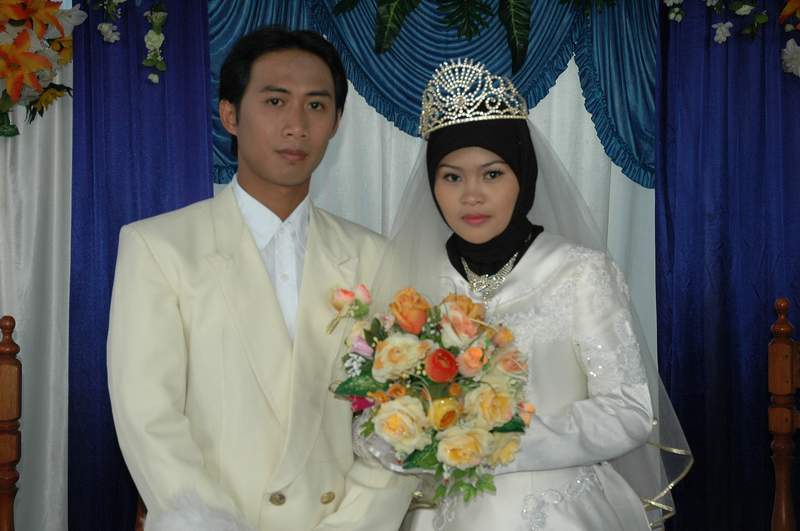Muslim Weddings in Turkey
Although the majority of the population of Turkey are Muslim, the country has a long-standing tradition of secularism in many different practices. The bond of marriage is considered one of the most sacred religious customs of Islam and most religion, however, and so the joining of a man and wife still follow some of the customary Muslim procedures. There are important parts of the Turkish Muslim procedure which differ from other Muslim countries, however. These areas include:
Meeting a partner
Traditional Islamic practices in Egypt dictate that there is to be no dating or other types of interactions prior to a couple's getting married. However, there are still social occasions where Egyptian men and women have a chance to meet each other. Usually, this will take place at a school or in a place of work.
• Style of dress. Both Turkish men and Turkish women have adopted Western styles of dress during the wedding ceremony. For the men, this includes tuxedoes and suits, while women favor white bridal dresses.
• Government officiators. Turkish wedding ceremonies are presided over by civil authorities, rather than imams or other religious authorities. Often, the traditional passages from the Qu’ran are not read during the ceremony.
• Shorter ceremonies. Because of the elimination of many of the rituals, Islamic weddings in Turkey are much shorter than ceremonies elsewhere.
• Polygamy. In many Muslim countries, having more than one wife is a common occurrence. In Turkey, however, the practice is virtually extinct.
• Pre-arrangement. Muslim women in Turkey are permitted to give consent to the conditions negotiated in their wedding contract.
Similarities
Despite the strong bent towards secularism in Turkey, there are still several parts of traditional Islamic practices present in the wedding ceremony, both before the wedding and during the celebrations.
• Marriages between Muslims and those not adhering to the faith are discouraged.
• A Muslim man may take a Jewish or Christian woman as his wife, and she is not required to convert to Islam.
• Muslim women, on the other hand, are not permitted to marry a man of another faith. If they wish to marry a Jewish or Christian man, he must first convert to Islam. This is because the Muslim religion is passed down through the male line.
• Arranged marriages still take place, although the dowry is not as important in Turkey as it is in other Muslim nations.

Rural vs urban
As is the case in many Muslim countries, there is a wide disparity when it comes to religious practices and ceremonies among people who live in the city and those who live in the less developed areas. As a rule, rural weddings are more traditional. In Turkey, this means that:
• The input of the children is considered in most urban arrangements. In the country, on the other hand, consultation rarely takes place.
• Urban weddings will take place at hotels or other buildings with lobbies, while urban ceremonies and receptions will take place at the house of the groom’s family.
• The bride is escorted to the house of the groom by her party in the country.
After the ceremonies, the Turkish wedding will usually involve some kind of reception. Although segregation of the sexes does occur, it is not as extreme as in some very traditional Muslim nations. There is singing and dancing during the Turkish celebrations, during which men and women are present in the same room, but remain separate for the traditional folk dances.
Buy Arabic Thobes for Men
Buy Islamic Abaya for Women


